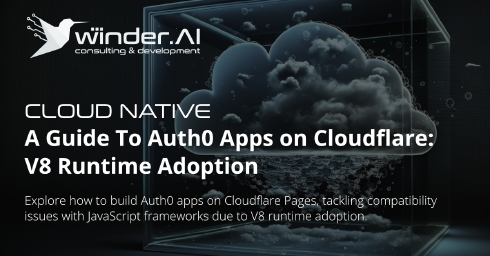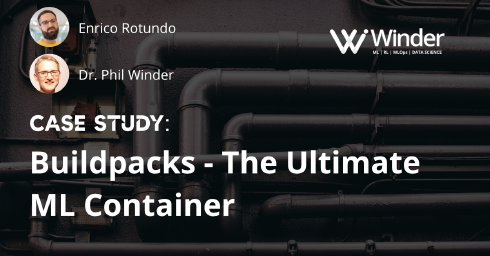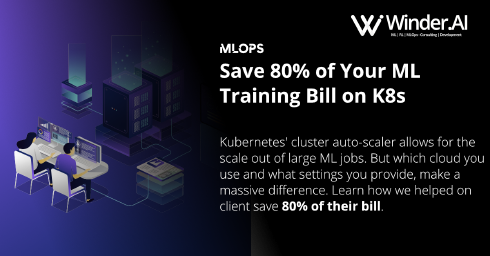A Guide To Auth0 Apps on Cloudflare: V8 Runtime Adoption
- Published
- Author
 Dr. Phil WinderCEO
Dr. Phil WinderCEO
This guide explores developing Auth0 applications on Cloudflare Pages, focusing on the transition from Node.JS to the V8 runtime and its impact on JavaScript frameworks like Next.JS.
Read more


